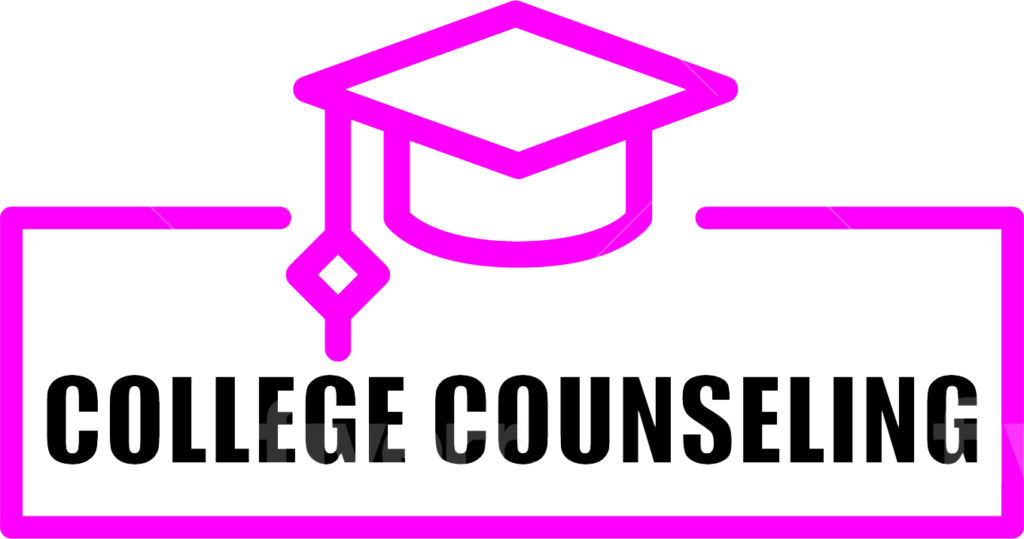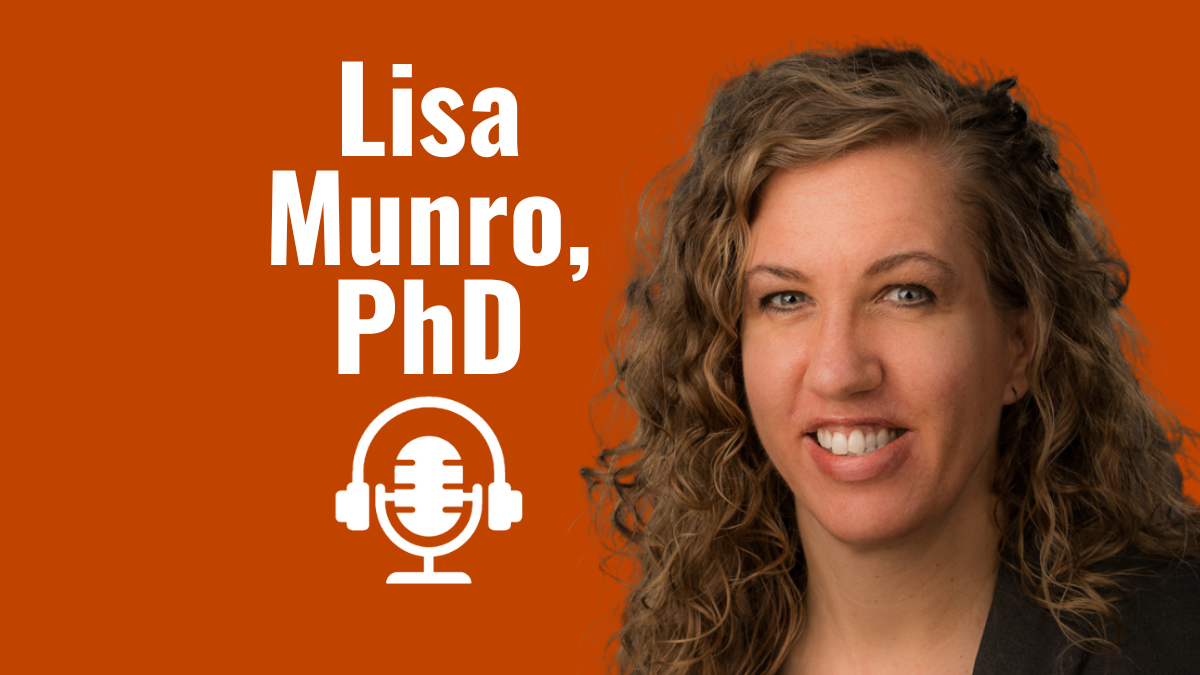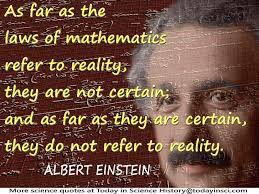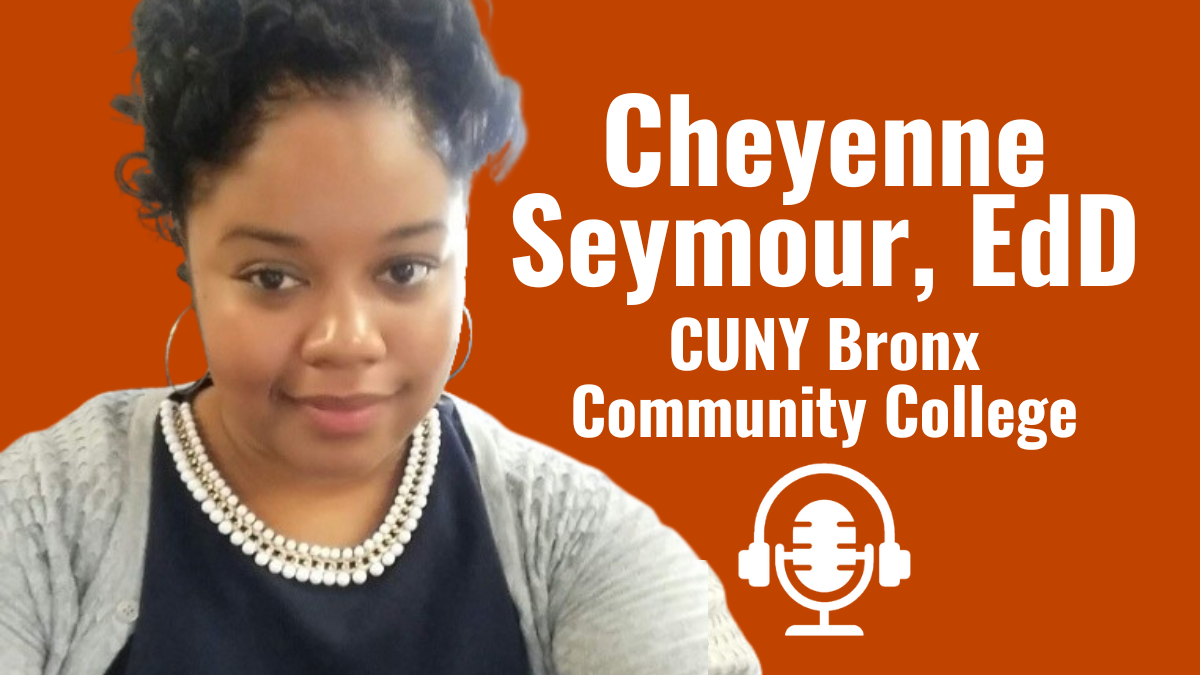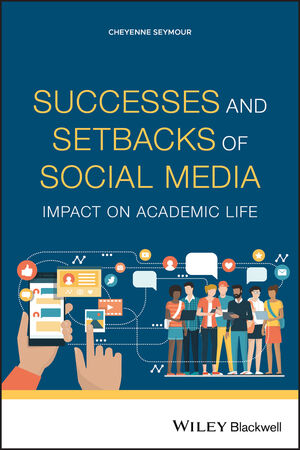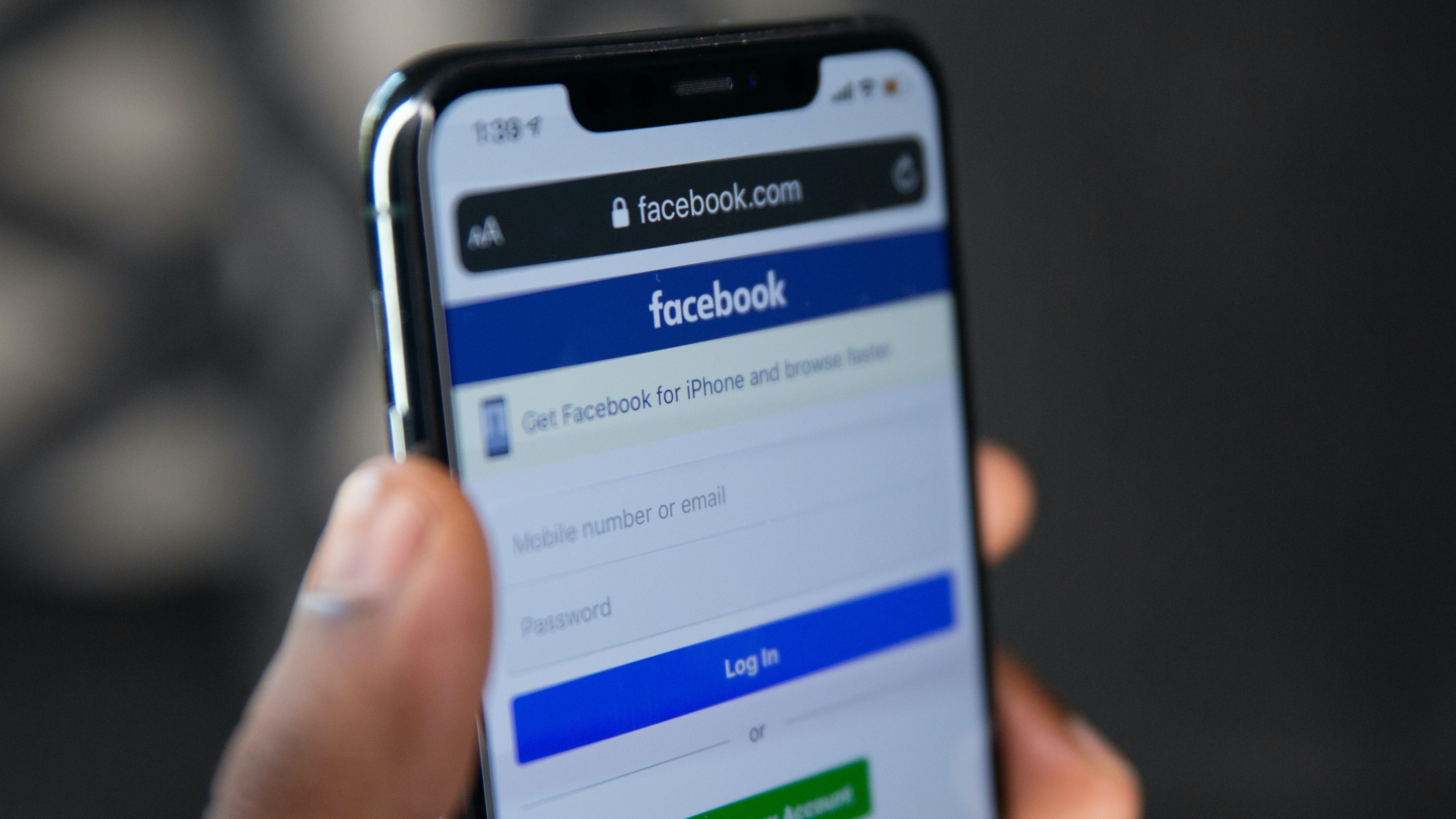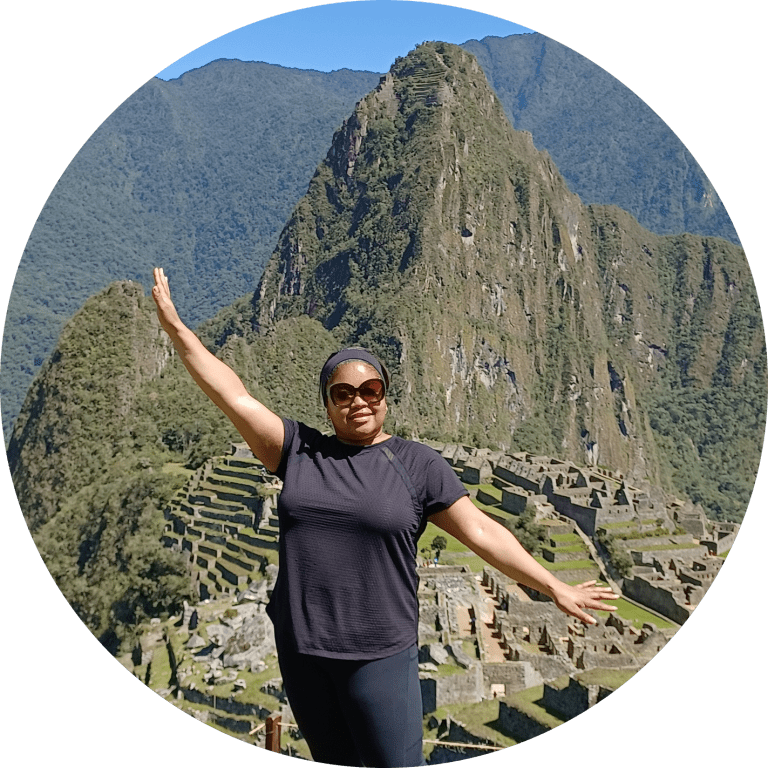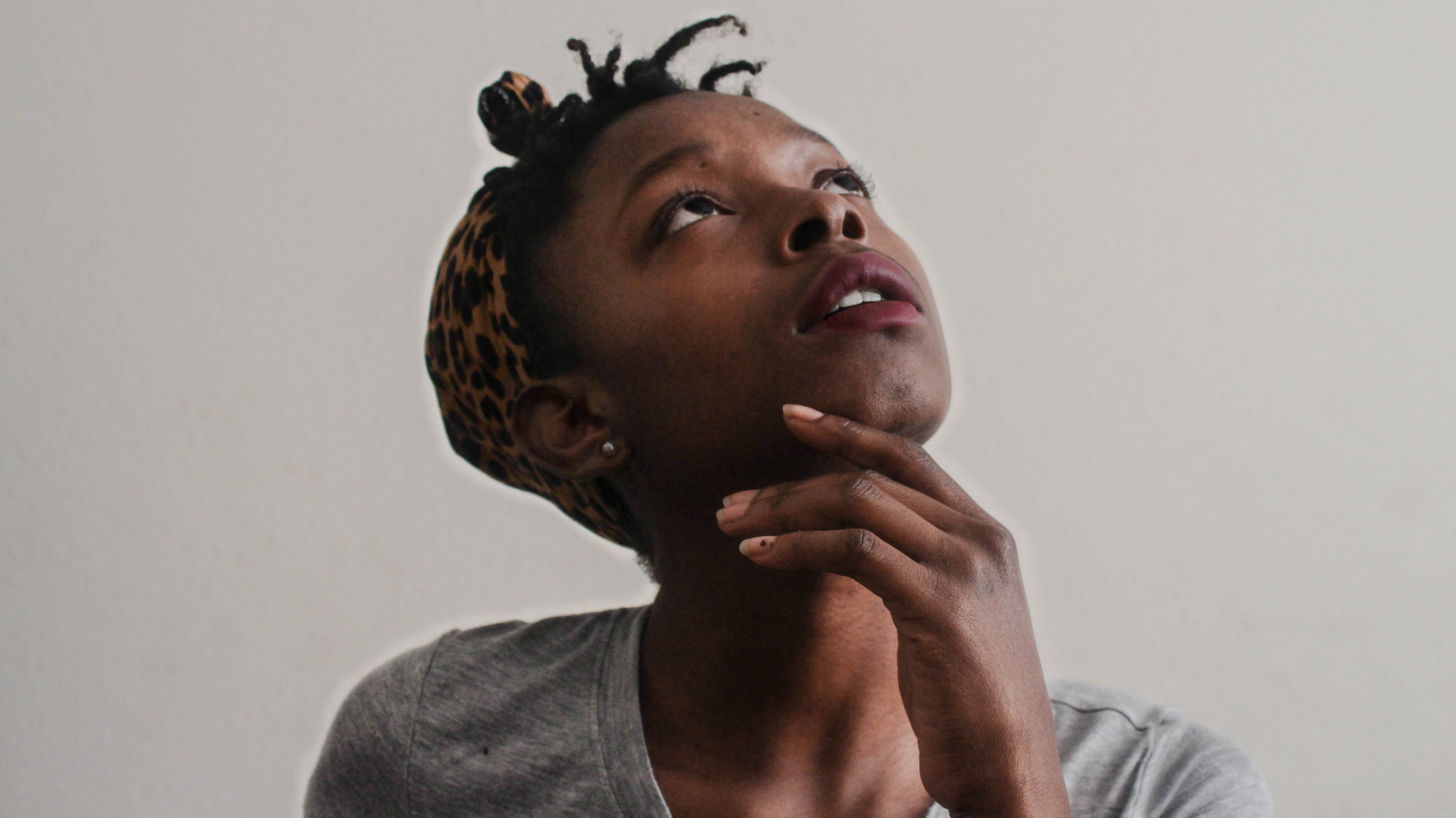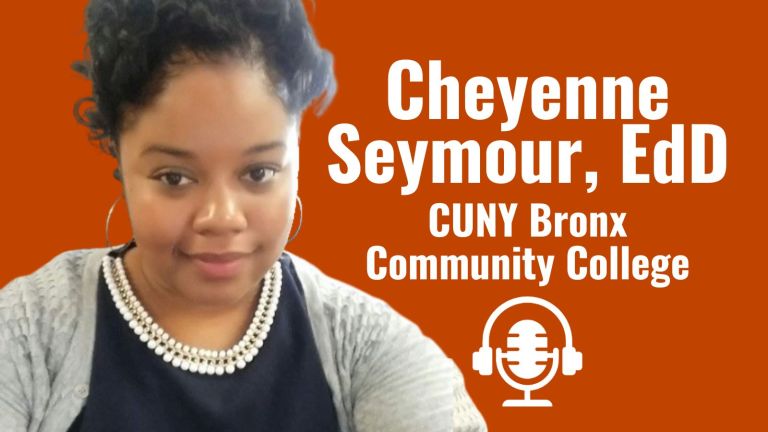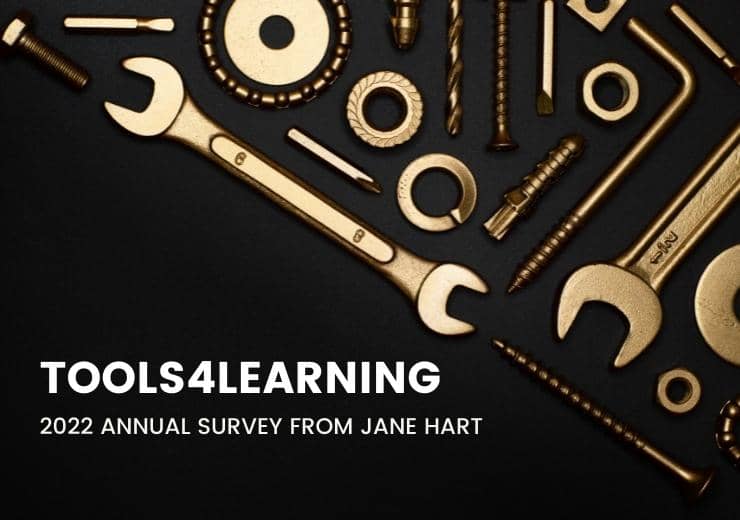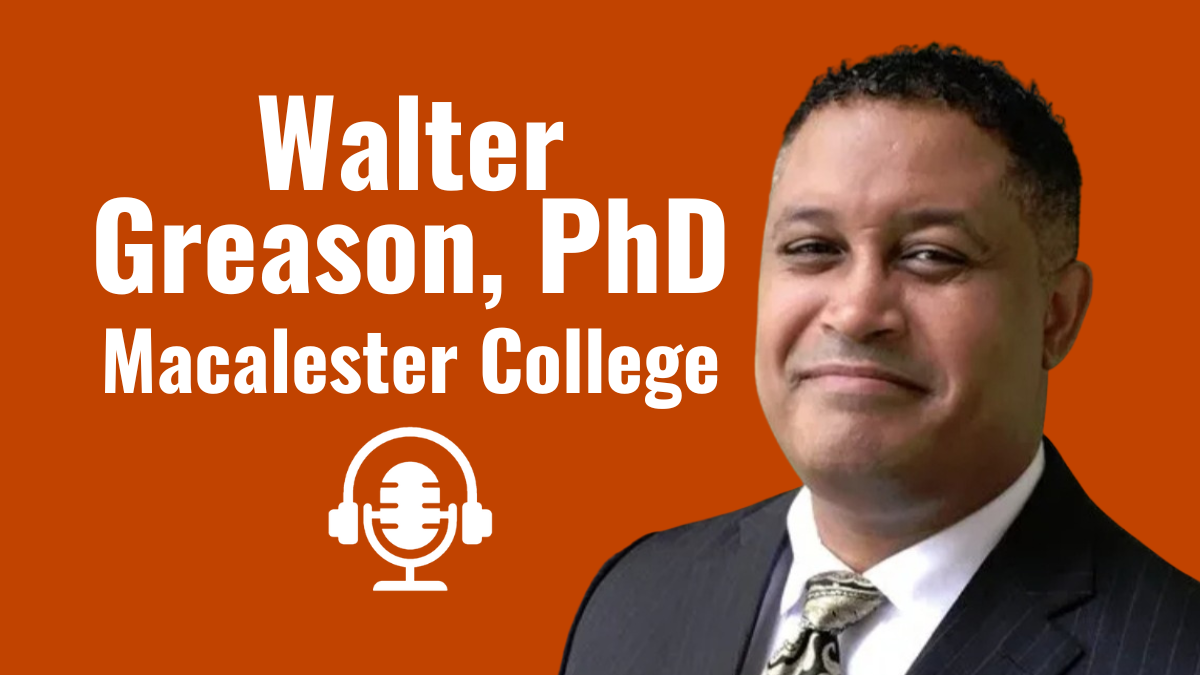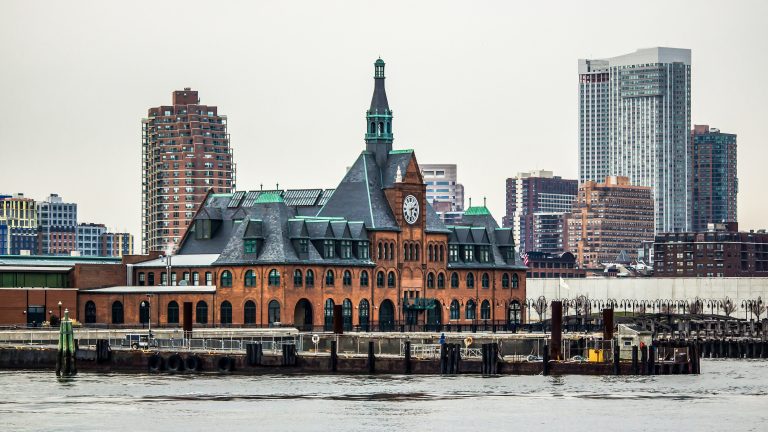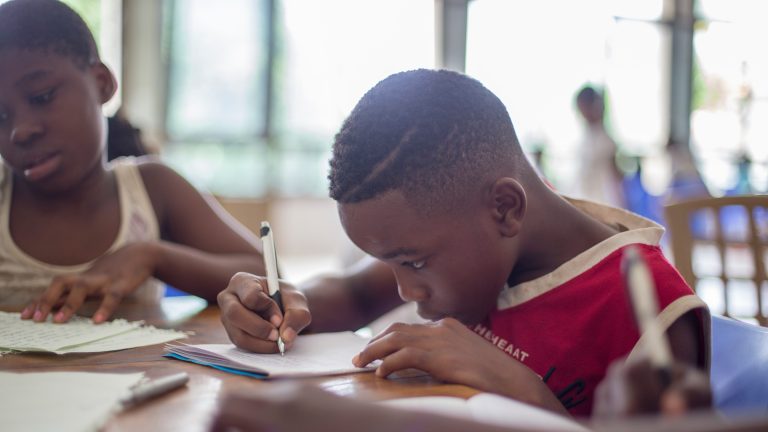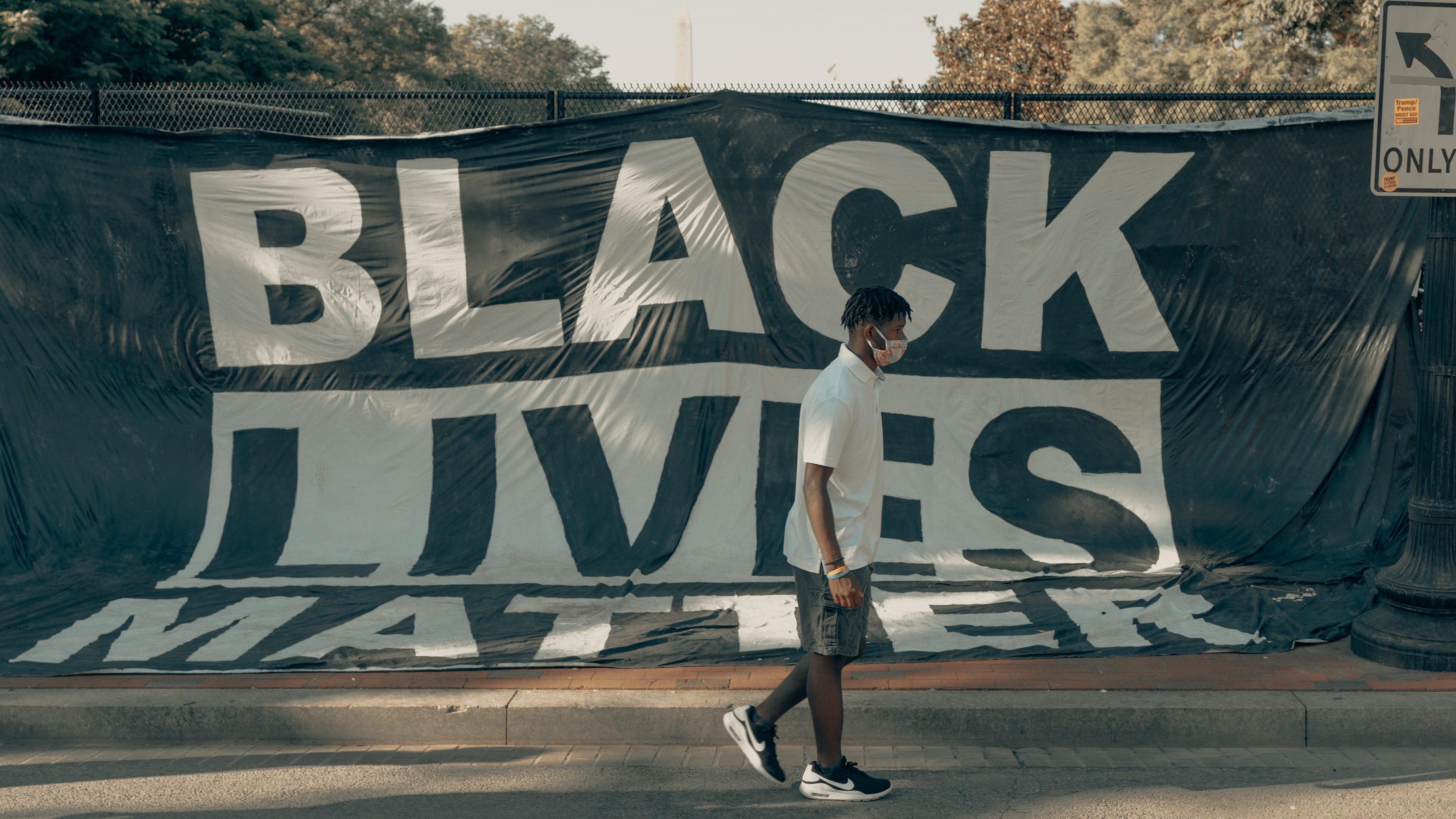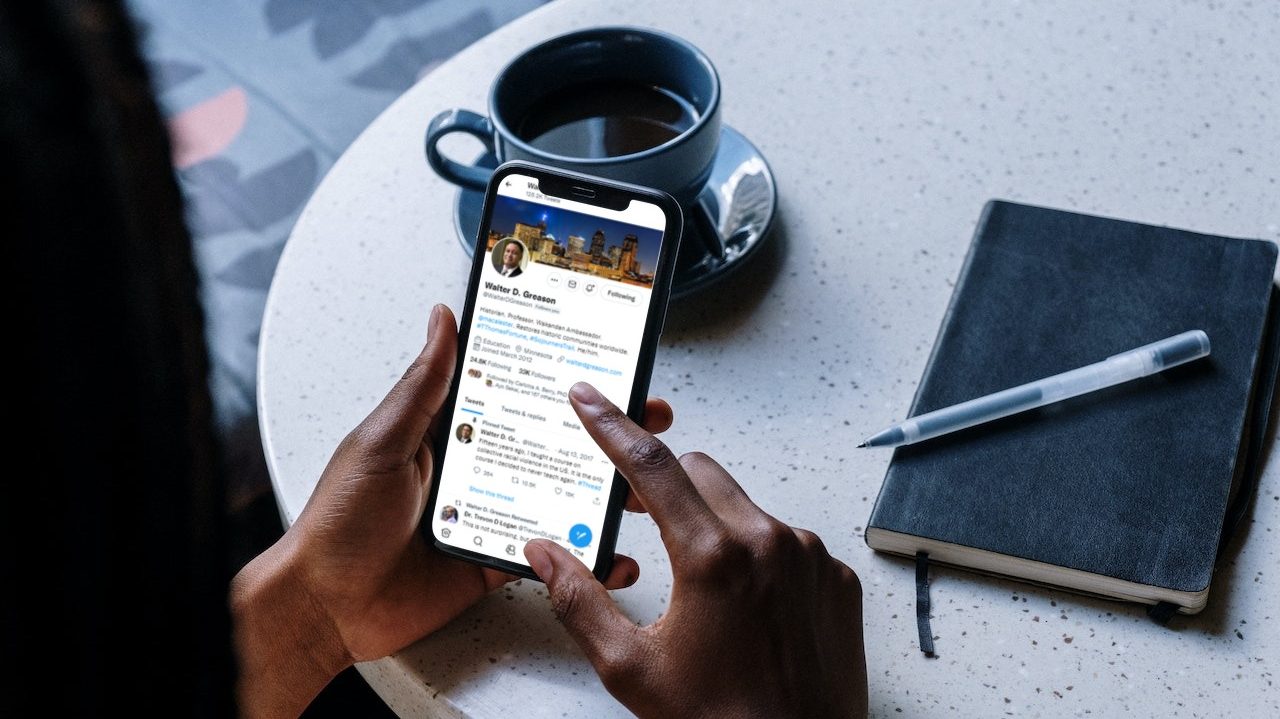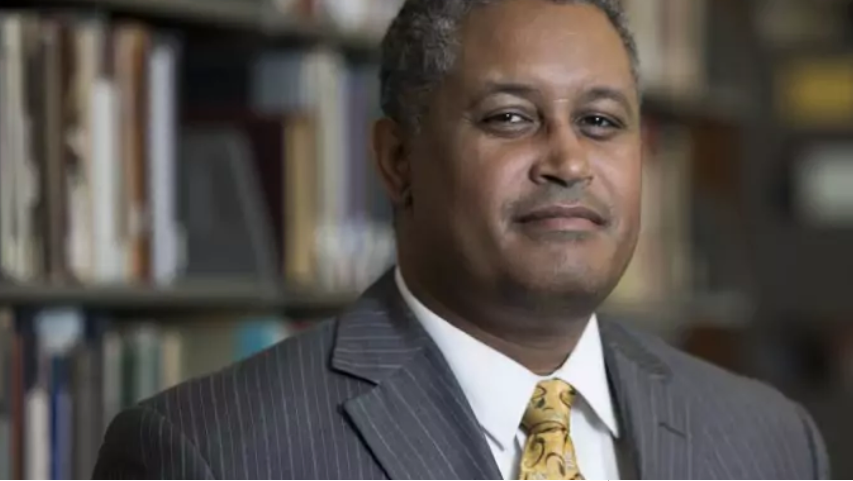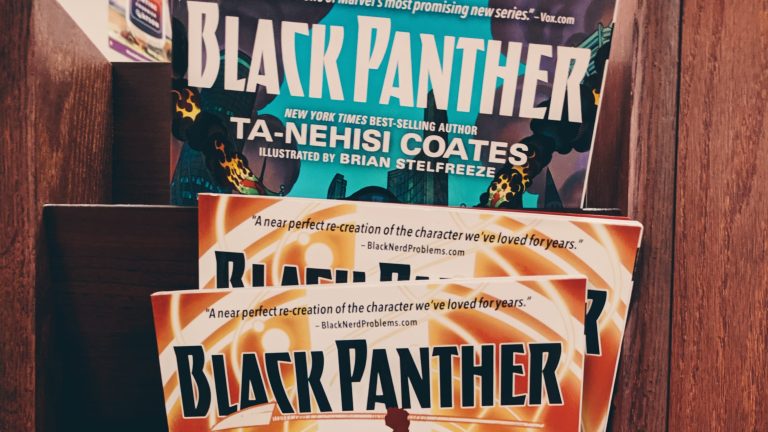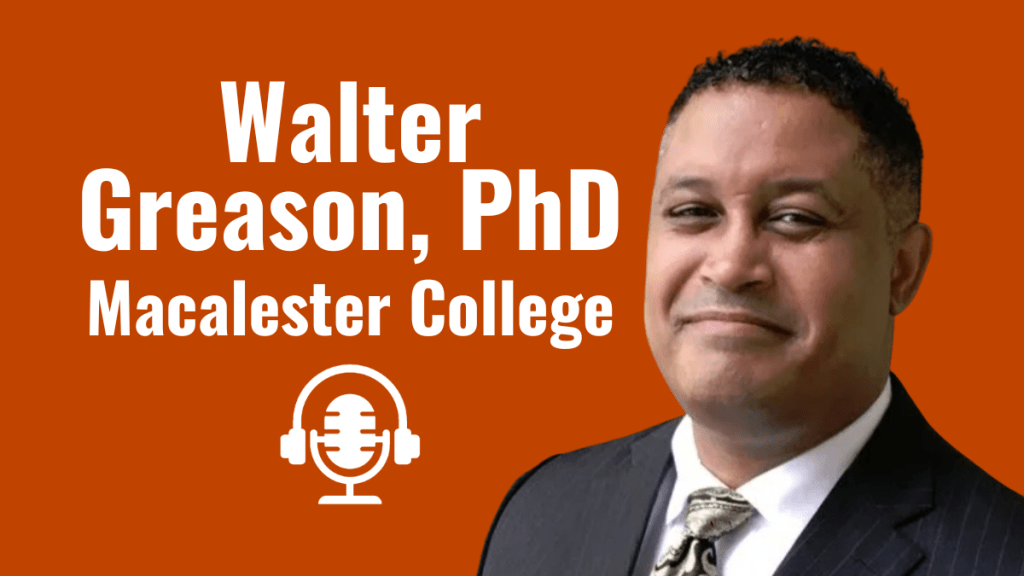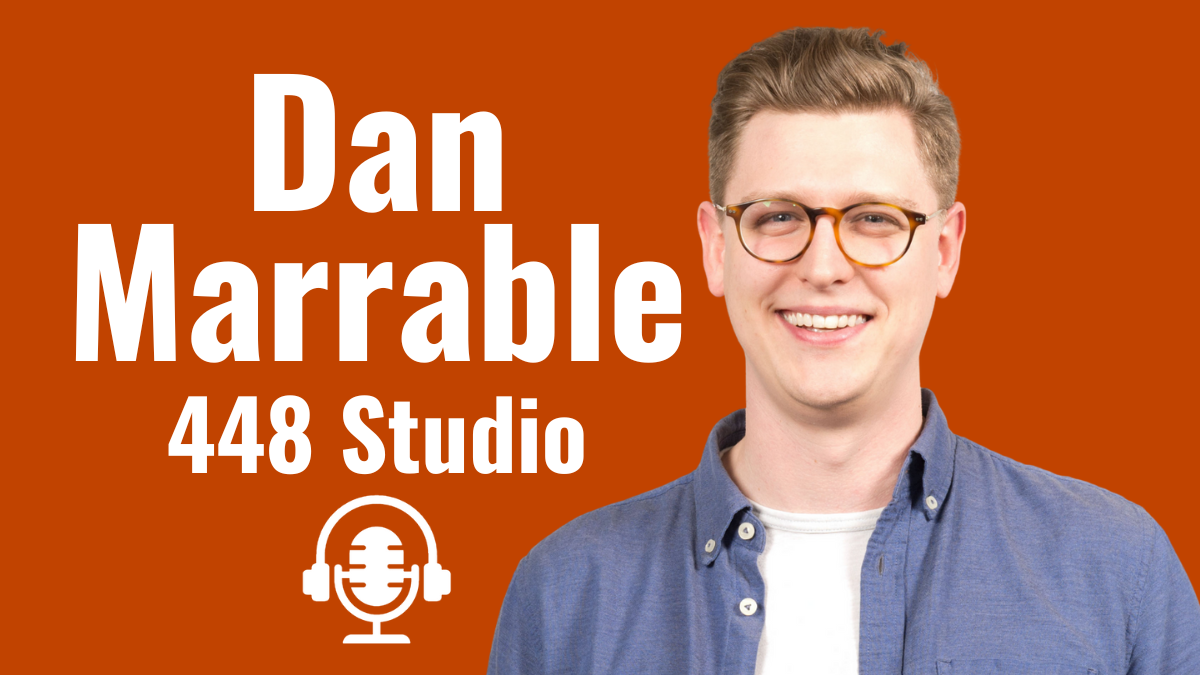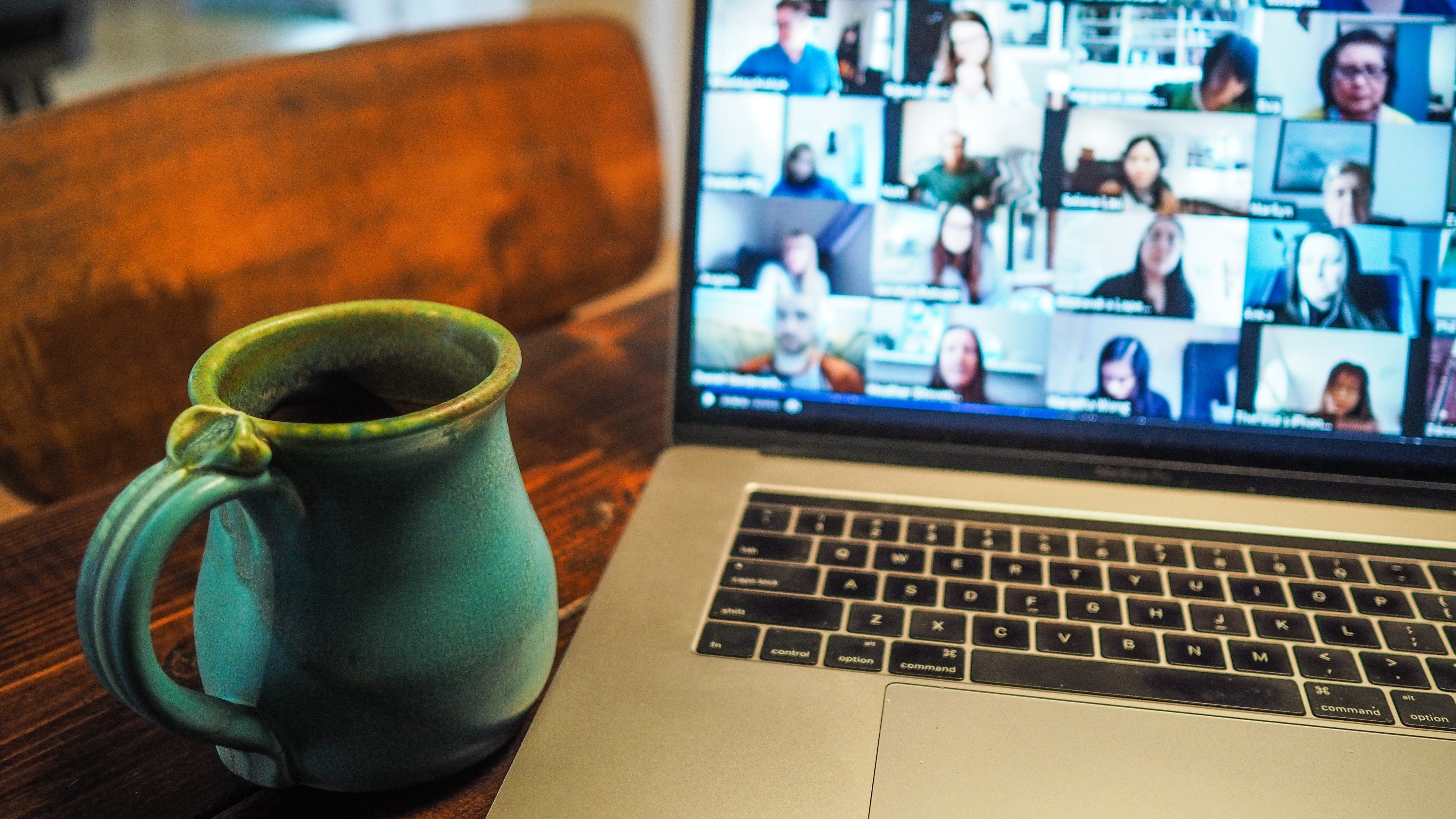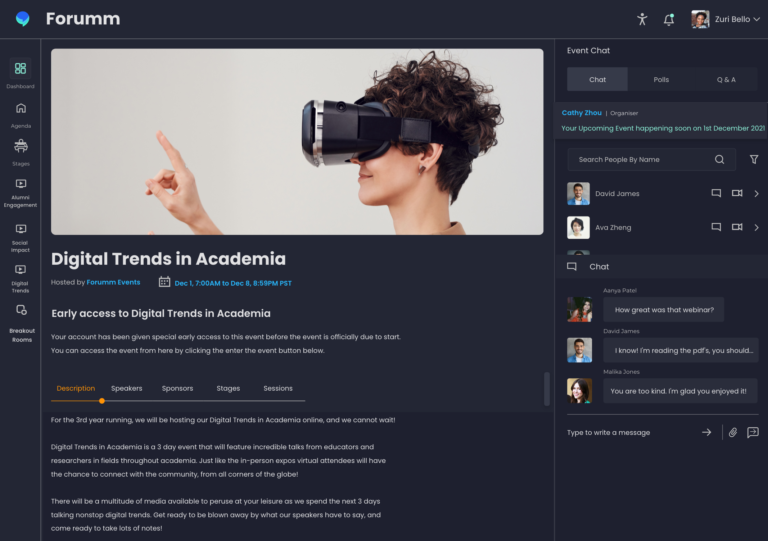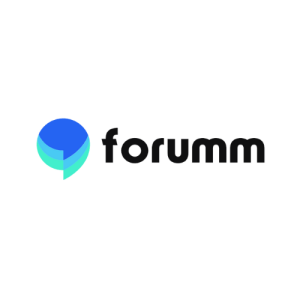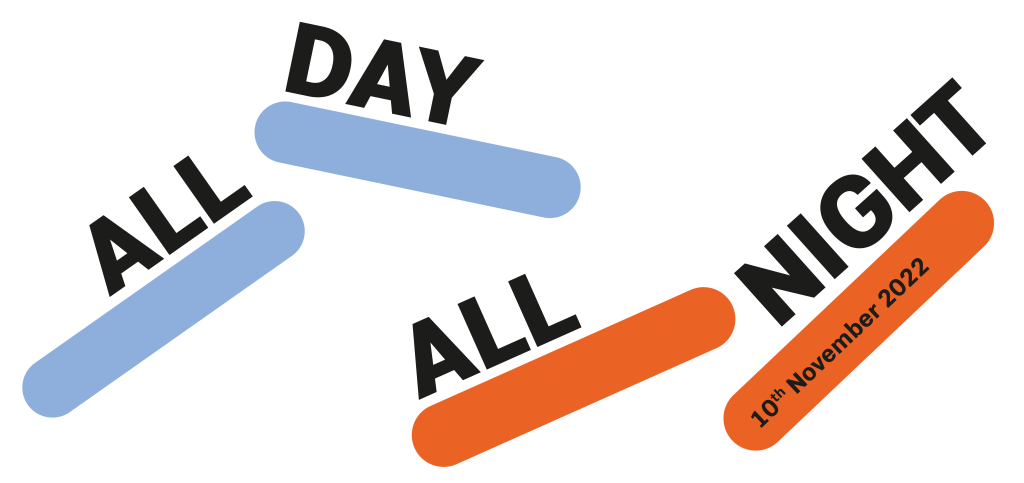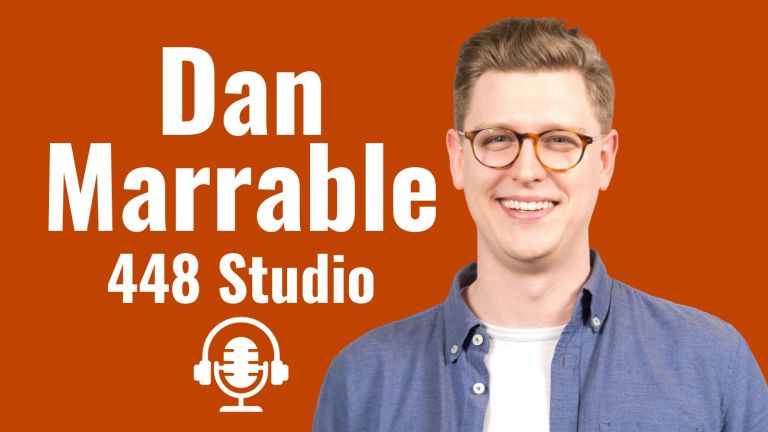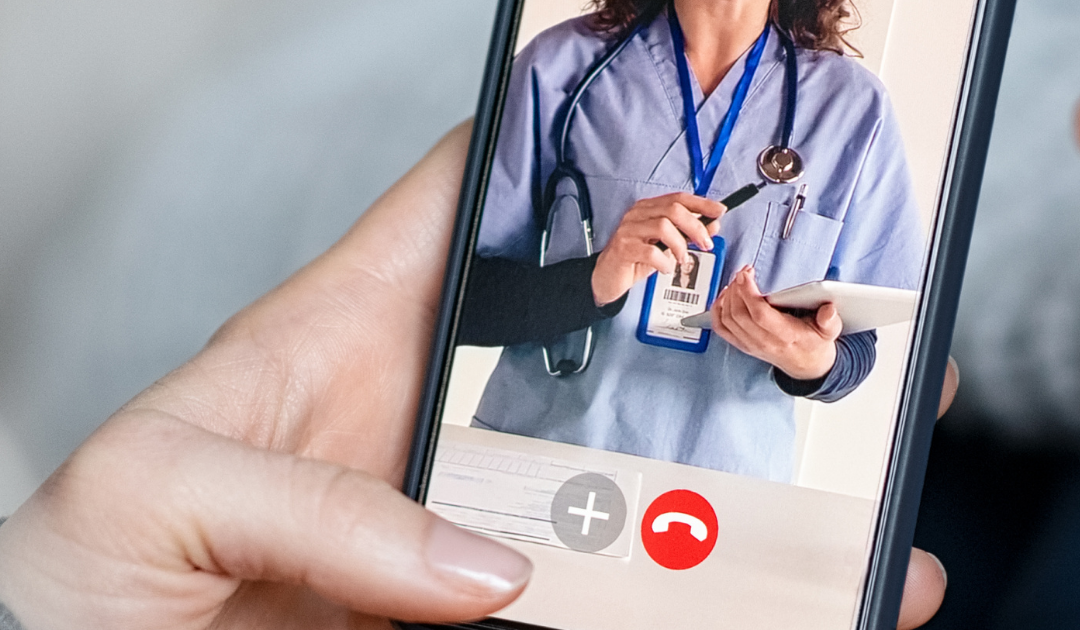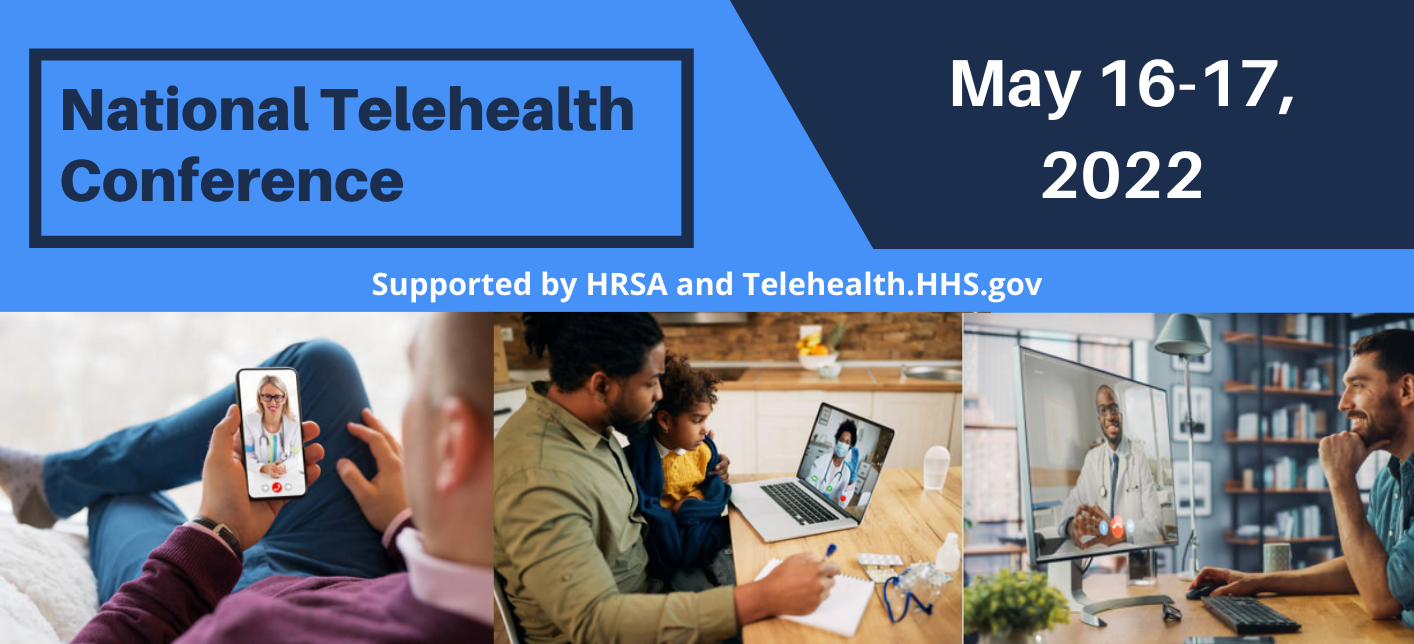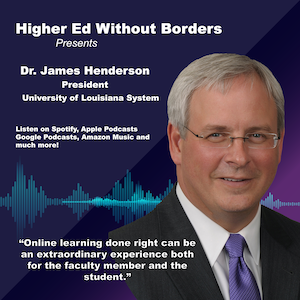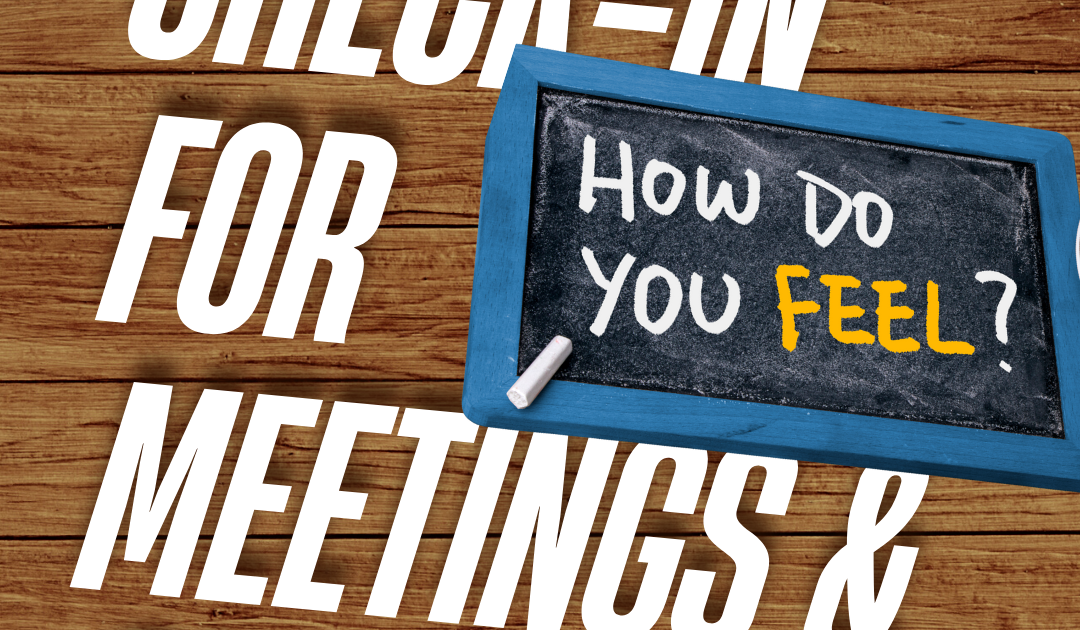Ready to kickstart your next academic journal article?
Dr. Lisa Munro joins me to talk about academic writing. Did you know there’s a writing community online waiting for you? Social media isn’t just for sharing your article once it’s published. Share more of the writing process. Find support to get your writing done. And, meet collaborators online.
Lisa is a historian who leads workshops and writing retreats for academics. Journal article writing doesn’t come naturally to many people. You may feel like you don’t know what you’re doing. People can feel a lot of shame about their writing.
Lisa says, “Academic publishing is like a secret club with weird archaic rules that no one tells you about.” Now she helps people get their journal article written to make progress on their publication goals.
In this featured interview, we talk about finding your writing community online. And, her upcoming journal article writing workshop based on Wendy Belcher’s Writing Your Journal Article in Twelve Weeks. Psst! Sign up for the workshop before registration closes on September 6, 2022.
We also discuss adoption, a topic Lisa has been talking about on Twitter for years. Adoption is political. And it’s more complicated than people think. Both Lisa and I are adoptees. Talking about the things you’re interested in, what you’re passionate about, is an effective way to find your audience on social media.
Subscribe to The Social Academic blog.
The form above subscribes you to new posts published on The Social Academic blog.
Want emails from Jennifer about building your online presence? Subscribe to her email list.
Looking for the podcast? Subscribe on Spotify.
Prefer to watch videos? Subscribe on YouTube.
Meet Lisa
Jennifer: Hi everyone, this is Jennifer van Alstyne, and welcome back to The Social Academic featured interview series. Today, I’m talking with Dr. Lisa Munro. We’re gonna be talking about writing and community online.
Lisa, would you please introduce yourself for everyone?
Lisa: Hello. I’m so excited to be here and thanks so much for inviting me to do this.
I’m Lisa Munro. I am an academic…I’m sort of, well, it’s complicated. You know how Facebook used to have those options? Like it’s complicated.
It’s still complicated, but I am a historian. I have a PhD from University of Arizona. And now I’m doing writing support for people, for other academics. Frequently, they are not getting that kind of help and support through their institutions. So that’s me.
Jennifer: Right.
Lisa: So that has been what I’ve been devoting myself to for the last couple of years.
Before that I was directing study abroad programs and I’m still working with some short term study abroad programs that come to where I live, my part of the world, which is Mérida, Yucatán of Mexico, so I’m still doing a little bit of that work as well.
Subscribe to The Social Academic blog.
The form above subscribes you to new posts published on The Social Academic blog.
Want emails from Jennifer about building your online presence? Subscribe to her email list.
Looking for the podcast? Subscribe on Spotify.
Prefer to watch videos? Subscribe on YouTube.
A private community for academic writers (not on Facebook)
Jennifer: Well, I’m delighted that you came on to talk with me today about that work that you’re doing with academics who need to write their articles. Because finding that community online is something that I really encourage people to reach out to for social media.
But I also find that when they’re ready to, they’re like, “Oh yeah, I wanna join Twitter to share my publications.” And I always encourage people to talk about more of that process, to talk about more of the writing process.
And one of the reasons that I really wanted to have you on is because you have a writing community where people are connected online and they’re talking and conversing and cheering each other on. I would love to hear more about your writing community.
Lisa: Yeah. I was doing editing for a while and editing is very solitary. It’s kind of you and somebody’s work and there’s not a whole lot of community engagement there.
But I started shifting towards more towards how do people get writing done? I found that that was really where people needed help.
What I had originally envisioned in my dreams was I thought I would be like giving people advice about like the passive voice and like how to use better verbs. I thought I would be doing that kind of work.
And as it turns out, what people really needed, they needed to feel better about themselves as writers. And as people. That’s what they really needed to do their best work. Frequently, when they didn’t feel very good about themselves as writers and as people, their writing output, their productivity, absolutely ground to a halt.
Jennifer: Hmm.
Lisa: And so when people stop writing, frequently what happens is they start getting caught in these cycles of shame and fear. It’s very hard to get going again because the less you write, the more shame you have about the fact that you’re not writing.
And then you feel horrible and guilty. And then you have a lot of fear about starting writing again. So you don’t do writing. So now you’re just like circling back and forth and back and forth. It’s a really crappy cycle.
People feel a lot of shame around that. And when they start feeling a lot of shame around that, the first thing that usually goes, is they stop talking to people about that struggle.
It’s like, who do you really talk to in your life about your writing struggles? Frequently, people have partners who might not be academics, so maybe they don’t understand. But maybe, you know, your colleagues have their own writing struggles, you know, are they gonna listen to yours? Maybe they will, maybe they won’t. It’s like, there’s very precious few spaces where people can really talk about their writing struggles. And dealing with issues of shame and issues of fear and how those things have impacted the writing processes.
And so, my thing is, well, let’s talk about it. Let’s talk about your shame around writing. And let’s talk about my shame around writing. And together, like, it’s kind of okay.
Like if I’m experiencing what you’re experiencing and we can kind of see each other, maybe we’re in different boats, but we can see each other. All of a sudden, like people feel less alone.
Oh, you’re struggling too. I’m struggling. Wow. Like, it seems like this is a common thing. And people start feeling less alone. People start talking more about their experience. And it helps people to get going.
I’m very interested in creating those kinds of spaces where people can talk about their writing. Where they can get out of these shame and fear cycles. And they can start working towards what I would consider sustainable and joyful writing practices.
Join Lisa Munro’s writing community.
Concerns about Facebook
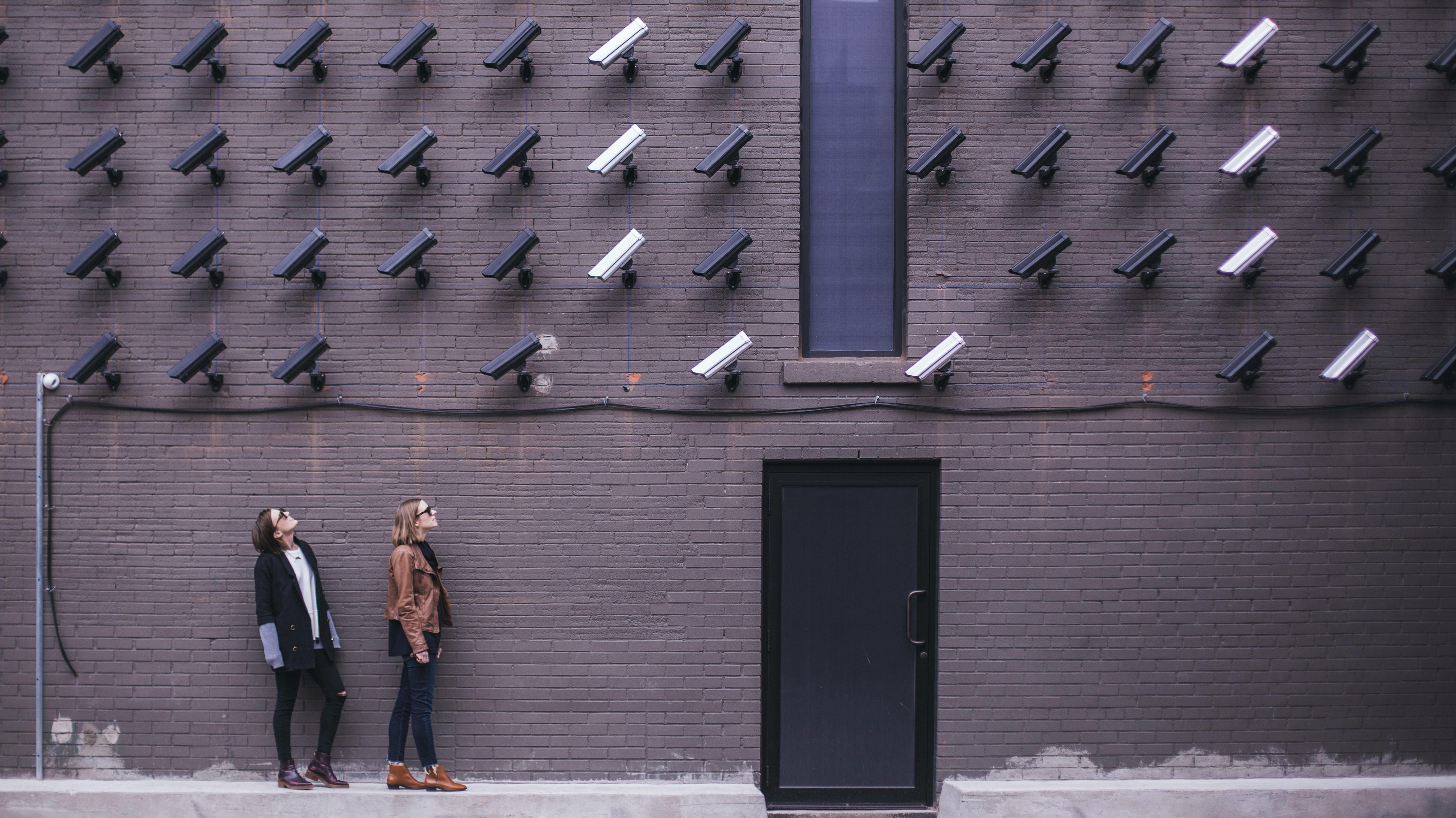
Jennifer: Thank you for sharing that. It sounds like you really wanted to create a kind of safe space where that conversation could be open.
Now, why did you choose to have a private community and not put it on like, Facebook, which is what a lot of people choose?
Lisa: Oh my god, I have complicated feelings about Facebook too.
Jennifer: Good.
Lisa: I don’t love Facebook. I think they’re kind of a terrible company. I don’t trust them at all. I feel like social media has been so… Well, I’m not gonna derail…
Jennifer: Don’t, just say it, say it.
Lisa: …this conversation. But social media has been so instrumental in becoming toxic soup.
Jennifer: Mm.
Lisa: I mean, there’s so much toxicity on social media right now. There is so much disinformation, misinformation.
Jennifer: Yes.
Lisa: And then Facebook has not been a good corporate citizen. Their whole business model is based on selling your data and I really felt uncomfortable with that. That is not what I wanted to do. That doesn’t feel safe to me. That doesn’t feel like a safe space.
I’m in some Facebook groups still. I haven’t quite deleted [Facebook] yet for like the two people I know who just won’t be on any other platform. And I love those people, I really do. But ah, get a different platform.
Even in the Facebook groups I’m in, I always feel like people are watching you, people are spying. And it’s like, is this really private? We’re not, “Oh, crap, my privacy settings were wrong and now it’s all over the internet.” You know, it doesn’t feel safe.
There’s been some recent stories in the news about Facebook selling some very personal information about its users. I think that’s awful.
Jennifer: Facebook has shared some very personal information, including direct messages, like what people think of as private conversations with legal authorities.
Lisa: Yes.
Jennifer: That’s really important to be aware of. If you’re on Facebook, thinking about your privacy and how your comfort level is with that, is super important.
Lisa: Yes. Absolutely.
Jennifer: So I am glad you brought that up, Lisa.
Lisa: Okay, good.
Jennifer: Yeah.
Lisa: I was hoping that wasn’t like a total, like, total derailment…
Jennifer: No, no, no.
Lisa: Because I think it’s different, like Twitter, right? Anything you put out there is public, and you know that.
Jennifer: Right.
Lisa: You’re like, okay, I’m gonna put this out to the world. Everybody and their dog can see it. And you know that.
And so like that really, I think, conditions like what you share. Some people are out there pouring their heart out, but most people feel like Facebook is maybe the place to do that because people have these ideas that that is a private space. And it’s not.
Jennifer: That’s right.
Lisa: I have bad feelings about Facebook. So, I decided I didn’t wanna do that. And also advertising which is a part of selling your data. I mean, it’s like you start looking for vacuum cleaners on Amazon and then all of a sudden, like all these vacuum cleaners are in your Facebook feed. And you’re like, wait, what? What just happened there? Oh, right, that works so fast.
Jennifer: It does.
Lisa: Yeah, I mean, tremendous.
I wanted to create a safe space and be like, okay, like look, I don’t want advertising, I want it to be people connecting to people. And without fear that Facebook is going to sell their data.
So I ended up on Mighty Networks. That was the platform I chose to do that. And I’ve been really satisfied with that.
There is no advertising. Why? Because I pay for it like a normal consumer. Right? Like that’s how that’s supposed to work. This whole freemium model that we’ve all gotten used to…I hear, “Okay, I’ll let you sell my data if I get to use your products.” I much prefer sort of traditional consumer models where I pay you money and you sell me a service. I feel like that’s just a better way for these things to work.
So I created a Mighty Networks. And it’s still going. I feel like I did that in 2019 so it’s been going on for almost three years now.
Jennifer: Yeah, that’s a long time.
Lisa: Something like that, yeah. That’s a long time and people come and go. Engagement goes up, engagement goes down.
Like right now people are super burned out. You know I get that. I think eventually engagement’s gonna pick back up again because these things are cyclical. So that’s what I’m doing.
It’s really all about like daily account, for me, it’s about daily accountability because I think it’s important to provide a space for people to check in. What’d you do today? What writing did you do today?
And the only rule is that you can’t talk about the writing that you didn’t do. That you meant to do and didn’t, because that, you know, now you’re back in shame and fear cycles.
Jennifer: Right.
Lisa: That doesn’t help, but talk about what you did do. “Oh my god, I wrote a sentence today.” Fantastic. Like if that’s your writing win, like I am here for that, and I am gonna cheer you on. Wonderful.
You published your book? Fabulous. Likewise, I am here for that. I am gonna cheer you on.
Whatever your accomplishment is, I wanna hear about it.
The more we talk about what feels good in writing, what we have achieved, what we have done, we start getting away from these models of like,
- “Oh my god, you know, have I written enough?”
- “Am I enough?”
- “Is this enough?”
- “Am I good enough?”
We start getting away from those kind of shame based models and closer to writing that does feel good.
When writing feels good, you’re apt to do more of it. Because you’re enjoying the process of doing that. So that’s really my revolution.
Jennifer: So it sounds like the process of talking about writing in that group setting really helps people actually perform the practices that are needed to get the writing done.
Lisa: Yeah, yeah.
Subscribe to The Social Academic blog.
The form above subscribes you to new posts published on The Social Academic blog.
Want emails from Jennifer about building your online presence? Subscribe to her email list.
Looking for the podcast? Subscribe on Spotify.
Prefer to watch videos? Subscribe on YouTube.
Making writing friends and finding collaborators

Jennifer: I love that.
It also sounds like people are able to make these kind of lasting relationships with each other, through the group, through your writing retreats and your other offerings.
I think that what you said to me one time is that some of your people were so close that they were sending like cards to each other in the mail.
Lisa: Oh, they totally were.
It was amazing. I mean, there was like one Christmas where like people were sending Christmas cards to each other and it was like, oh my god, like, look at this!
Oh, and the other thing that happened recently, two people I’ve worked with in the past who have both been on my writing retreat, who kind of lived close to each other, they got together and had lunch. I mean, it’s fabulous. I love when that kind of connection happens.
I’ve worked with writers who end up finding mentors. So there’s been some mentoring that have come out of different writing initiatives I’ve done.
Co-authoring! Unlikely people who are like, “Hey, like it would be really fun to write something with you,” and then they do. That’s amazing.
Yeah, so there are actual, genuine connections that come out of this. I don’t know if anything is gonna really replace like face to face interactions with people. But in the meantime, now that we’re sort of a geographically dispersed people…You know, people are all over the world looking for community, looking for connection.
Jennifer: Yes.
Lisa: It’s the magic of the internet that’s going to bring us together and allow us to do that.
You can create meaningful relationships online, even with people you don’t really know.
I open my Twitter in the morning and I’m like, oh, here are all my pocket friends.
Lisa was an early user of Twitter
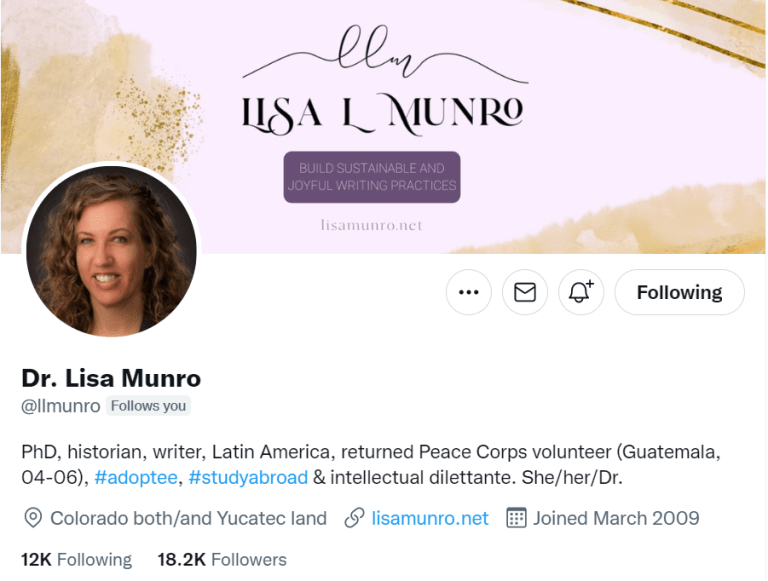
Jennifer: That was actually my next question. I’m curious, what does your online presence look like? What’s your favorite social media platform? ‘Cause I’m pretty sure it’s not Facebook.
Lisa: It’s not Facebook. Yes, it’s not Facebook. My favorite social media platform is Twitter.
I don’t remember when Twitter started, but I was a fairly early adopter of Twitter.
Jennifer: Okay.
Lisa: Just because it seemed to be like what people were doing. And it seemed like edgy and cool at the time. I think that was in 2009.
Jennifer: Okay. That’s early.
Lisa: It was early. Nobody was talking about anything really interesting.
Now people are using it for all kinds of really interesting purposes. It’s just kind of grown and grown.
My audience has grown. People ask me sometimes about growing a following on Twitter, how do you get followers?
Jennifer: Yeah.
Lisa: And I tell people like, talk about what you care about. Your people will find you. And you’ll find your people. But you have to be willing to talk about what you’re really passionate about, what you’re really interested in.
I hear people be really dismissive of Twitter, “Oh, it’s all about like what people had on their bagels.”
I’m like, well, you know, if you’re not interested in people’s bagels, then
- A, don’t talk about bagels and,
- B, don’t follow people who talk about bagels.
It’s okay if those are not your people, those are not your people. But if you’re interested in talking about bigger things…
If you’re interested in talking about, I don’t know, global politics…
If you’re interested in talking about social movements…
If you’re interested in talking about domestic violence…
If you’re interested in talking about, I mean, just a huge number of topics come out on Twitter.
And you can follow people who are talking about things you care about. And then you get to contribute to those conversations as well.
Subscribe to The Social Academic blog.
The form above subscribes you to new posts published on The Social Academic blog.
Want emails from Jennifer about building your online presence? Subscribe to her email list.
Looking for the podcast? Subscribe on Spotify.
Prefer to watch videos? Subscribe on YouTube.
Talking about adoption on Twitter
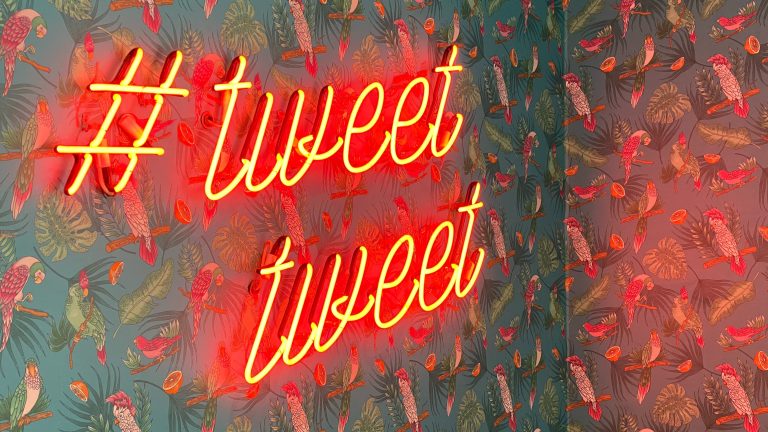
Jennifer: You’ve been on Twitter for so long that you’ve really seen that kind of evolution over time. You’ve seen these kind of conversations develop and participated in them yourself.
You also start conversations about somewhat controversial topics. I know adoption is very important to you, something you talk about on Twitter prolifically, and it’s important to me as well. We are both adoptees and so this is one thing that I wanted to talk with you about today.
Why do you choose to talk about adoption on Twitter? What kind of responses have you seen to it?
Lisa: Yeah. Everybody has to have an unpopular opinion, and these are my unpopular opinions.
I was very interested in talking about that more because I didn’t have people in my immediate circles, like my actual physical circles who were talking about that. It was very isolating.
There’s something very powerful about finding people who are having those same conversations. When I started feeling like I was this lone person having these thoughts. “Oh my god, like, who else is having these thoughts? Oh, wow. There’s a bunch of people on Twitter having these thoughts.”
TikTok also is having a moment in terms of adoptees talking about their experiences. I am not a TikTok adopter yet. I feel like I’m too old.
Jennifer: I don’t think that’s true. But I’m not on TikTok either, so.
Lisa: I know. People are like, “Oh my god, but the cat videos are really good.” I’m like, okay, well maybe I’ll be there someday. But yeah.
I talk about adoption a lot because I want people to know that it’s more complicated than people think.
People oftentimes think about adoption as an unqualified social good. People kind of uncritically think, “Oh, well, you know, it’s kind of a win, win, win for everybody.”
I want people to know it’s more complicated than that. That there is some real things that we should think about.
Adoption intersects with everything. Absolutely everything. It intersects with
- Race
- Class
- Gender
- Disabilities
- Sexuality
- Indigenous rights
It intersects with everything.
Just wanted to say that if you’re feeling disoriented because your assumptions about adoption as an unqualified social good have been suddenly disrupted, it’s normal to feel like the rug has been pulled out from under you. Welcome.
— Dr. Lisa Munro (@llmunro) May 7, 2022
There’s a huge case that’s going up to the Supreme Court about whether the Indian Child Welfare Act should still stand. That law gives tribes the ability to control who adopts their children in response to these massive removals of indigenous children in the 60s and 70s.
We’ll see like what our kind of reaction there is Supreme Court has to say about that. I’m not super optimistic, but that’s a really big. We should care about those things. And that really gets to the heart of things like tribal sovereignty.
Also thinking about not just like my own experience as an adopted person…But then also thinking about, there are child removals happening every day in courtrooms all across the nation. They get less press, but they are still happening and they’re happening predominantly to black families. We should care about that.
Adoption to me like has all of these really big social issues that are embedded in it. I feel like I have a really, I don’t wanna say unique perspective ’cause like there’s nothing particularly unique about my perspective. But that I have something to say about that.
Jennifer: You have a platform and an audience who’s also curious about learning more about it too.
I notice that the people who follow you do engage in those conversations and they do engage in the things that you share about it. And oftentimes they’re maybe a little surprised by something, but they’re open to it.
Introducing that kind of conversation now when it’s become so important, because adoption is being touted as this solution to abortion in the United States, bringing up this conversation on social media, in that public space, it’s like activist work.
Lisa: Yes.
Abortion and adoption have very little to do with each other but I’m over here screaming into the void about adoption politics because I want people to understand how utterly inappropriate it is to suggest adoption as a “solution” (as if one were needed) to abortion.
— Dr. Lisa Munro (@llmunro) June 27, 2022
Jennifer was adopted from Peru

Jennifer: I really appreciate it as an adoptee myself. I was adopted from Peru in the 80s, which was before they had regulations. There were over 700 babies adopted from Peru annually. When they put regulations in, that number dropped down to 70 per year. It was a massive difference when governmental agencies do step in and start regulating something. There are lots of issues with adoption.
Lisa: Absolutely.
Jennifer: I did not have the most supportive adoptive parents. I will be honest and say that they both each told me separately that they regretted adopting me.
Lisa: Oh. I’m so sorry.
Lisa: And they both passed away because they were quite a bit older. They both passed away before I went to college. I struggled a lot.
It was actually through social media that my birth family from Peru, contacted me again and found me.
Lisa: Wow.
Jennifer: They reached out to me and they were like, “We wanna talk to you. We want to be your family.”
Lisa: Oh, amazing.
Jennifer: It was lovely. But even that was a little scary for me, it took to getting used to.
Lisa: Yeah.
Jennifer: When I was a kid, if you ask me if I regretted being adopted or anything, there’s no way I would say no.
Lisa: Yes.
Jennifer: There’s no way I would say anything other than, “I’m so happy to be here.”
Lisa: Yes.
Jennifer: But the truth was, it was really hard.
Lisa: Yeah, absolutely. I said something the other day. It’s really weird that we assume that the way we feel about adoption at like age 8 is the way we’re gonna feel about it our whole lives.
Jennifer: Right. Yes.
When I hear adoptive parents tell me their children are FINE and that they don’t care about adoption or their birth families (often expressed with relief), I want to remind them that our feelings about adoption often change over time.
— Dr. Lisa Munro (@llmunro) August 8, 2022
Lisa: People’s feelings change. For me, when I searched and found birth family my perspective changed radically. I was like, “Oh, wow. Like this thing, this thing that we’re all so excited about, has some really dirty history.”
Jennifer: Yeah.
Lisa: It has some really sad history.
Jennifer: Yes.
Lisa: I was a Peace Corps volunteer in 2004 to 2006, and that’s when the Guatemalan Adoption Program was in full swing.
Massive numbers of children were leaving the country. And so whenever I would go to the airport, it was like, there were 3 Guatemalan babies on my flights with their new white adopted parents. Then every time I came back to Guatemala, I made a couple trips home during my service. Yeah, there were like 3 couples at the gate waiting to go to Guatemala and they had all the baby stuff and no baby. And I was like, oh, I know what you’re doing.
It was just the scale of it was so shocking. This is a country, and Peru shares some of this history, that had been absolutely torn apart by war and by genocide and all kinds of really terrible things.
Jennifer: Yes.
Lisa: And who is going to rebuild that? Children are people’s futures. And here was this massive flood of children out of the country. It was just really, really shocking to me.
Jennifer: Hmm. Oef.
That’s why it’s so important to talk about these things online. And I’m really glad that you’re always sharing books and articles where people can learn more.
I know that I’ve learned more myself from it and it’s helped me kind of process my own thoughts and feelings about adoption.
Lisa: Yeah.
Jennifer: I’m in my thirties, like it takes time to sit down and think about these things and kind of go through what we think personally. And then to better understand the cultural, sociological, and all of the implications of it and it lasts for a lifetime.
Lisa: Yeah. It sure does.
Subscribe to The Social Academic blog.
The form above subscribes you to new posts published on The Social Academic blog.
Want emails from Jennifer about building your online presence? Subscribe to her email list.
Looking for the podcast? Subscribe on Spotify.
Prefer to watch videos? Subscribe on YouTube.
Lisa Munro’s future book and the politics of adoption

Lisa: So that’s gonna eventually be my book. Because everything I talk about on Twitter, that’s eventually gonna be my book.
Jennifer: Really?
Lisa: It can’t be my book right now.
Jennifer: Okay.
Lisa: But it’s eventually gonna be my book. So yeah, it just really come-
Jennifer: Well, sign me up to be an early reader because I wanna read that book.
Lisa: Thank you. I really wanna write that book. You know, people say, “Write what you wanna read.” That’s what I wanna read.
Jennifer: Yeah.
Lisa: Yeah.
Jennifer: Now a lot of the professors that I talk to feel really anxious, or scared, or fear about posting about something online that they know that other people might not react to well.
I know that there’s got to be some people out there that are super pro-adoption that don’t like what you say. What kind of reaction have you had to that?
Lisa: Yeah, I get a lot of defensiveness from adoptive parents.
Part of that I think is because nobody wants to think of themselves as complicit in a system that really hurts children. None of us wanna be a part of that. And yet we’re all kind of implicated in that.
I often say we’re all part of that because we’re always creating ideas about families, about children. About who gets to have children. Who doesn’t get to have children. Who should have children. Who shouldn’t. And why, and how.
And so we’re all kind of participating in creating those ideas. It’s not just the idea that adoption somehow just involves like adoptive parents, birth parents, and adoptees. I think is one of the biggest lies out there.
Jennifer: Right.
Lisa: We’re all creating those ideas, because ultimately we’re all collaborating whether it’s conscious or not. We’re all collaborating in the idea that some people shouldn’t have children.
Jennifer: That’s true.
Lisa: And some people are deserving of other people’s children.
Oftentimes adoptive parents will push back on me and they will say, you know, “Adoption is just another way to build a family.”
To which I say, “No, it’s a deeply political decision.”
Jennifer: Hmm.
Lisa: I mean, you are making a choice there, that somebody doesn’t get to have their child. Somebody shouldn’t have their child. That’s essentially what that means.
And that’s an unpopular opinion.
So I do a lot of muting because people, you know, people get nasty.
Jennifer: Yeah.
Lisa: I do a lot of muting. “Okay, you can still follow me and learn, but I’m not going to engage with that, I’m not interested in that.”
I do a lot of blocking if people are really obnoxious.
But I hope people keep following and keep thinking. Because a lot of people have told me like, “Wow, I was really kind of resistant to what you said at first. It didn’t make sense to me. I didn’t understand. But you know, I kept engaging with your tweets and kept reading. And I’ve really learned a lot from you.” I’m like, okay, like that seems really great to me.
The ideal would be when people feel kind of defensive that they would ask genuinely curiously. That they would approach with genuine curiosity and not with sort of ‘gotcha’ agendas or with some really toxic stuff that they’re still carrying around.
Jennifer: Yeah.
Lisa: A lot of adoptive parents are dealing with their own traumas.
Jennifer: Right.
Lisa: In my circle, we often say, “Adoptions cures childlessness, but it’s not gonna cure infertility.” It’s not the same to have somebody else’s child.
Jennifer: Right, right.
Lisa: It’s not the same to raise somebody else’s child.
That can’t fix that very deep grief when having your own child doesn’t work out for you. And that is very sad.
Jennifer: Right.
Lisa: But having somebody else’s child doesn’t fix that either. I think a lot of adopted people feel like they were adopted to fix those problems.
It never really works for either adoptive parents or adoptees to be emotional airbags.
Jennifer: Okay. It sounds like you do get negative reactions.
For most of them, you mute people because you just don’t wanna see that. But they’re welcome to still follow you and engage in your Tweets.
Lisa: Yup.
Jennifer: For other people, you do block them because it’s a way to protect yourself and your audience.
But you do respond to questions. I love that. You do respond to people who are genuinely curious and wanna engage in a conversation.
Lisa: I do. Yeah. Exactly. Like somebody said to me the other day, “Oh my gosh, but what could be so wrong about giving a child loving home?”
And I was like, okay, well let’s think about this. Let’s start thinking about this a little bit critically. Like,
- Who’s relinquishing children?
- Why are they relinquishing children?
- Who’s adopting those children?
- Why are they adopting those children?
- What’s that process like?
- What’s supposed to be the ultimate outcome?
- Who’s benefiting, and who’s not?
These are sort of basic critical thinking questions I used to teach undergraduates. How to make these same basic critical thinking questions. But somehow adoption has been exempt from critical thinking for a long time.
Jennifer: I agree.
Lisa: And I really aim to change that.
Jennifer: Oh, yay, I’m glad we talked about this. I feel like even though we were here to talk about writing community, talking about the things that you’re interested in, the things that you’re passionate about on Twitter can really make a difference for how connected people feel with you.
Lisa: Yeah.
Jennifer: For how long they stay connected with you and for how much they actually share what you’re saying. So I really appreciate that.
Lisa: Yep.
Subscribe to The Social Academic blog.
The form above subscribes you to new posts published on The Social Academic blog.
Want emails from Jennifer about building your online presence? Subscribe to her email list.
Looking for the podcast? Subscribe on Spotify.
Prefer to watch videos? Subscribe on YouTube.
Academic journal article writing workshop starts September 6
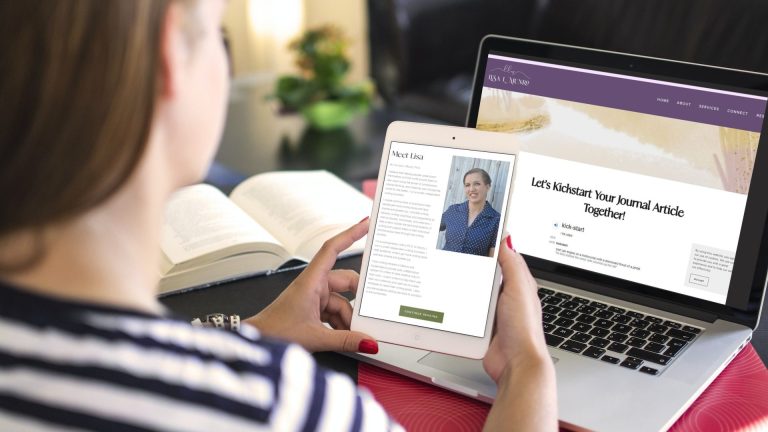
Jennifer: Now back to article writing for academics, that’s listening to this, right?
Lisa: Yes.
Jennifer: I really want them to be able to benefit from help from you, from your groups, from your workshops.
What do you have coming up that they can get involved in?
Lisa: I have something great coming up. One of the best things I do is a journal article writing workshop, Kickstart Your Journal Article. I love the metaphor of like kick starting a motorcycle, right?
Jennifer: Yeah.
Lisa: Getting it going.
If you need a little boost to get your journal article finished, I’ve got you covered. Sign up for the next session of Kickstart Your Journal Article! #acrwi #AcademicTwitter #12weekarticle https://t.co/YD0phLMBct pic.twitter.com/zdgSVzZTk4
— Dr. Lisa Munro (@llmunro) August 23, 2022
Because well one, people are not learning how to do this. I mean, imagine in corporate America, if you had something that was like a major part of your job and yet you received no training in it. That just makes no sense.
Frequently, for academics, writing is currency, right? Writing is what gets you citations which gets you jobs, which gets you promotions, etc.
Jennifer: Yeah.
Lisa: People don’t learn how to write. I don’t remember ever getting explicit writing instruction in graduate school. I don’t remember. I know we had a Writing Center, but I don’t know that anybody…Not to dis on writing center people because they do an absolute tremendous job. But that wasn’t quite the help I needed at the time I think.
Jennifer: Yeah. You needed a different type of professional development for your writing.
Lisa: Yep. Yep.
Jennifer: Not that kind of one-on-one individuated support, but like: how to write.
Lisa: Yep. Exactly. There’s a lot of grad school that’s like, “Well, you know, you’ll figure it out.” I think that’s a crappy system.
Jennifer: Yeah.
Lisa: I don’t think we should be doing things that way. We should be teaching people how to do things, not assuming they’ll figure it out eventually.
Jennifer: Especially when it’s such a big part of their future career.
Lisa: A huge part, and yet you’re supposed to just figure it out.
A lot of novice authors I know, they’ve tried to figure it out on their own. They’ve written articles that aren’t very good. They get rejected. They aren’t sure how to deal with reviewer comments. So then they like trash the whole article. Or never send it out again.
Jennifer: So there’s issues with the whole process. Not just getting started writing, but when you’re not actually taught how to do the whole process, you can run into problems at every step of the way.
Lisa: Absolutely. Absolutely. And academia is full of secret handshakes. You have to know how to do the thing. There’s a lot of unspoken rules.
Jennifer: Right. That’s true.
Lisa: So, you’re a person who’s like trying to figure out how to write a journal article and you know you need to learn the secret handshake, but you’re not like quite sure what it is. You’re like, does it start like this? Or is it like backwards? Or do we high five first? Like, how do we, what do we do? And no one will tell you.
I will tell you.
That’s my other thing is really come and learn how to do this. A lot of people have told me that this is the best professional development thing they’ve ever done.
Jennifer: Wow.
Lisa: And not only has it allowed them to write articles…Now like I’ve been doing this long enough now I’m starting to kind of hear back on people’s articles and people are like, “Hey, I got an R&R [Revise & Resubmit],” and, “My article got accepted here.”
And I’m like, well of course it did ’cause you’re brilliant.
But that also, what I teach people also trickles down into their teaching. They’re like, “Oh my gosh, you know, you remember that week in which we talked about how to give really good feedback? Well, I used that with my undergraduates and we got fantastic feedback and everybody felt really good about it.” And you’re like, okay, like, fantastic.
Like we just have to learn to do this a little better. When you don’t know how to give feedback, that’s when you become Reviewer #2. And that doesn’t help anyone.
I think we can do a lot better. And so I aim to do a lot better.
So I’m giving a 12 week workshop actually, and there’s a couple other weeks built in there. There’s a break because everybody needs one, and then an introductory session. So it turns out to be 14 weeks, so it’s like a semester.
We meet every single week and talk about your writing. We talk about different aspects of your writing, this is all based on Wendy Belcher’s fantastic workbook, Writing Your Journal Article in 12 Weeks.
A lot of people have told me like, “Oh my gosh, like the thing that was so valuable to me was that I just had a place to come and talk about my writing.” Like, “Oh, I’m really struggling with this,” or “I don’t really understand this part.” Or, “Oh my gosh, like I read this part and suddenly my mind was blown and I made a ton of progress.” Like, fantastic, let’s talk about all of that.
Jennifer: And just for anyone who’s curious, you and Wendy know each other, is that right?
Lisa: Yeah. Yeah, absolutely. Yep, absolutely. And it’s really fun that she’s on Twitter because you can like tweet her questions about article writing or like, “Oh my gosh, I submitted my article!” And she’s super excited too so.
Jennifer: Yay. Oh, I love that.
Lisa: Yeah.
Jennifer: So there’s writing community on Twitter. There’s writing community on all social media platforms, but if you’re looking for that accountability and that writing community, you can join Lisa’s private Mighty Networks community.
And if you’re looking for the support to actually kickstart your journal article, you should join her workshop .
Lisa: Yeah. It’s a lot of fun. One recent person in my cohort, said you know, “Lisa, I’m never gonna love writing, it’s hard for me, but because of your workshop, I hate writing less.” And I was like, that’s victory!
Jennifer: That’s good. Yeah.
Lisa: I’ll take it. Yep, absolutely. That’s a win. That’s a total win.
Jennifer: I love that. Well, if you’re listening and you wanna win too, be sure to join the Kickstart Your Journal Article writing workshop with Lisa Munro. It’s gonna be amazing and it starts September 6th, that’s when registration closes, so be sure to sign up, I’m gonna drop the link below this video.
Now, Lisa, for people who want to get in touch with you, who would like to follow you on social media, how should they do that?
Lisa: Yeah, I’m kind of email averse. I’m like the adult who doesn’t know how to email. Hit me up on Twitter. That’s the absolute fastest way to get a response from me. If I could just tweet everyone who wants to email me, it would be amazing. So I’m on Twitter, I’m @LLMunro.
Jennifer: Great. And your website address?
Lisa: It’s LisaMunro.net
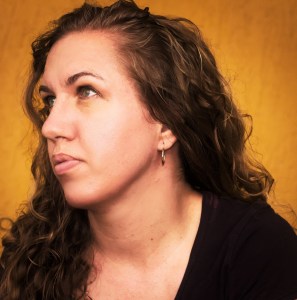
Jennifer: Perfect. Well, Lisa, it’s been so wonderful to have you on to talk about writing community, to talk about your Mighty Networks, especially how you don’t like Facebook.
And also to get into our conversation about adoption and why talking about it online is so important. And why others should consider talking about the things that they’re passionate about, that they find important online too. Thank you so much for sharing that with me. Is there anything you’d like to add before we wrap up?
Lisa: No, I think that’s it. I’m really excited I got to be here today and talk to you, this has been a real joy.
Jennifer: Oh great. Well, Lisa, thank you so much. Have a great rest of your day.
Lisa: You so welcome.
Subscribe to The Social Academic blog.
The form above subscribes you to new posts published on The Social Academic blog.
Want emails from Jennifer about building your online presence? Subscribe to her email list.
Looking for the podcast? Subscribe on Spotify.
Prefer to watch videos? Subscribe on YouTube.
Bio for Lisa Munro, PhD
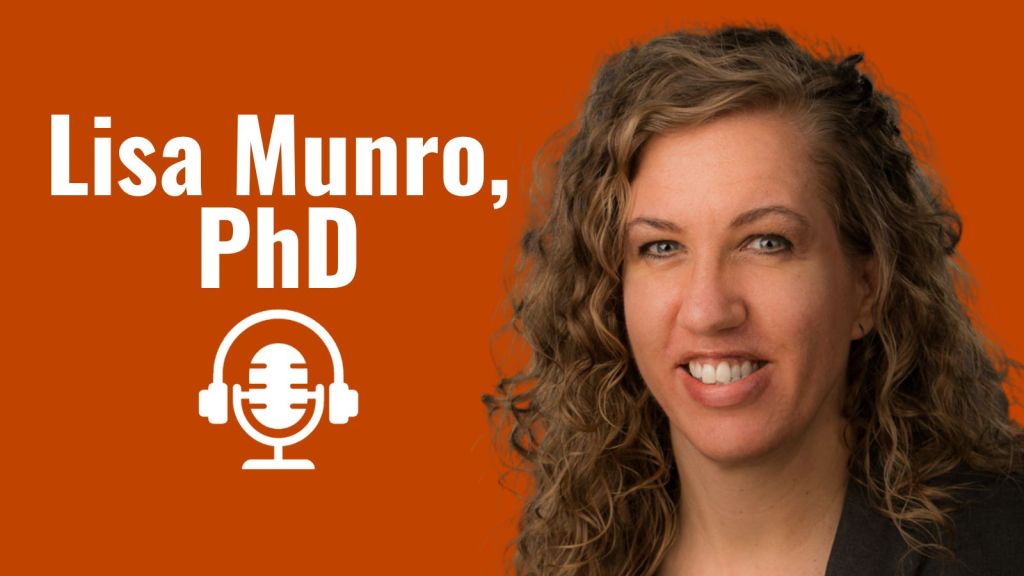
Lisa Munro (@LLMunro) is an independent historian who helps fellow scholars create sustainable and joyful writing practices. She supports novice authors and early career researchers to get their ideas out into the world through writing retreats, workshops, and kind, constructive, and actionable feedback. Her own academic work examines informal imperialism in Latin America. She lives and works in Mérida, Yucatán, Mexico and also helps faculty plan short-term study abroad trips to Yucatán.
